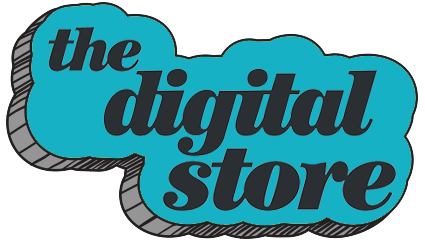“Vibe Coding Is Exciting but Designers Must Tread Carefully”

The chat around AI’s impact on the creative industries is pretty gloomy. There is lots of talk – much of it warranted, some overblown – around AI’s threat and what new technologies mean for designers and creatives.
But we’re not passive spectators in some kind of digital endgame.
Our roles are simply changing, and we’re now in a position to leverage technology in new ways to create digital experiences that resonate on a deeper, more human level.
That’s why vibe coding is something I’m getting excited about. It gives me – a digital designer with limited coding knowledge – the ability to flex my creative muscle across the entire design and development process, from initial sketches and barebone prototyping to the polished final product.
Democratising product design and development
For those unfamiliar, vibe coding involves instructing AI, using plain language, to generate code to create prototypes, apps, websites and everything in between.
Essentially, it allows non-specialists – anyone with very limited coding experience – to roll up their sleeves and create a digital product. A small business, for example, could feasibly create an app for their startup using vibe coding or add a new level of functionality to their online presence without external support.
“We’re not passive spectators in some kind of digital endgame.”
What vibe coding does is streamline the creative digital process.
That makes it great for rapid prototyping and putting flesh on creative concepts, where clients can more easily visualise and interactively experience what we think an end product might look like or how it might behave.
It can also generate tangible, workable foundations for creative trial and error, and elevate a creative’s ability to play around with ideas and stretch test what’s possible.
What digital designer wouldn’t want to be empowered to have greater control of a product’s design and development?
In my day-to-day, I use vibe coding to drive efficiencies and explore new creative territories.
In the last month, I’ve used it to develop the animation of a specific module to share with a developer and to introduce useful snippets of code into Webflow to improve the functionality of a website I’m working on.
Not quite a silver bullet
That’s not to say that vibe coding shouldn’t be treated with some degree of caution. As proponents of conscious design, we should always be aware of the consequences of how we create and what we create.
Throw AI and vibe coding into the mix and the ethics become murky.
“Stealing” work is the obvious issue: there hasn’t yet been a way to safeguard IP from being appropriated through AI. Then there are the massive energy resources used to power the servers that make AI function.
And, of course, there is the safety issue.
Any code generated by AI can’t, at the point of conception, be verified as “safe,” free of bugs or completely un-hackable. The process still requires human validation to refine the product or code to ensure robustness and functionality – skills that only a developer can support me with.
And that takes us to a core truth: high-level digital design demands a more considered, specialist approach than AI can give, one shaped by human thinking, intuition and empathy.
AI may be powerful, but it can’t replace the relationship between designers and developers. It’s unable to see the bigger picture or think about a task critically; it won’t challenge me on my design decisions or make nuanced suggestions that I hadn’t considered.
Great digital design is often born from collaboration and problem-solving, and while vibe coding makes the technical world of digital development more accessible, there will always be a need for human input.
We should appreciate its limitations and shortcomings – while quietly celebrating its ability to give us a bit more creative freedom.
Source: Design Week
